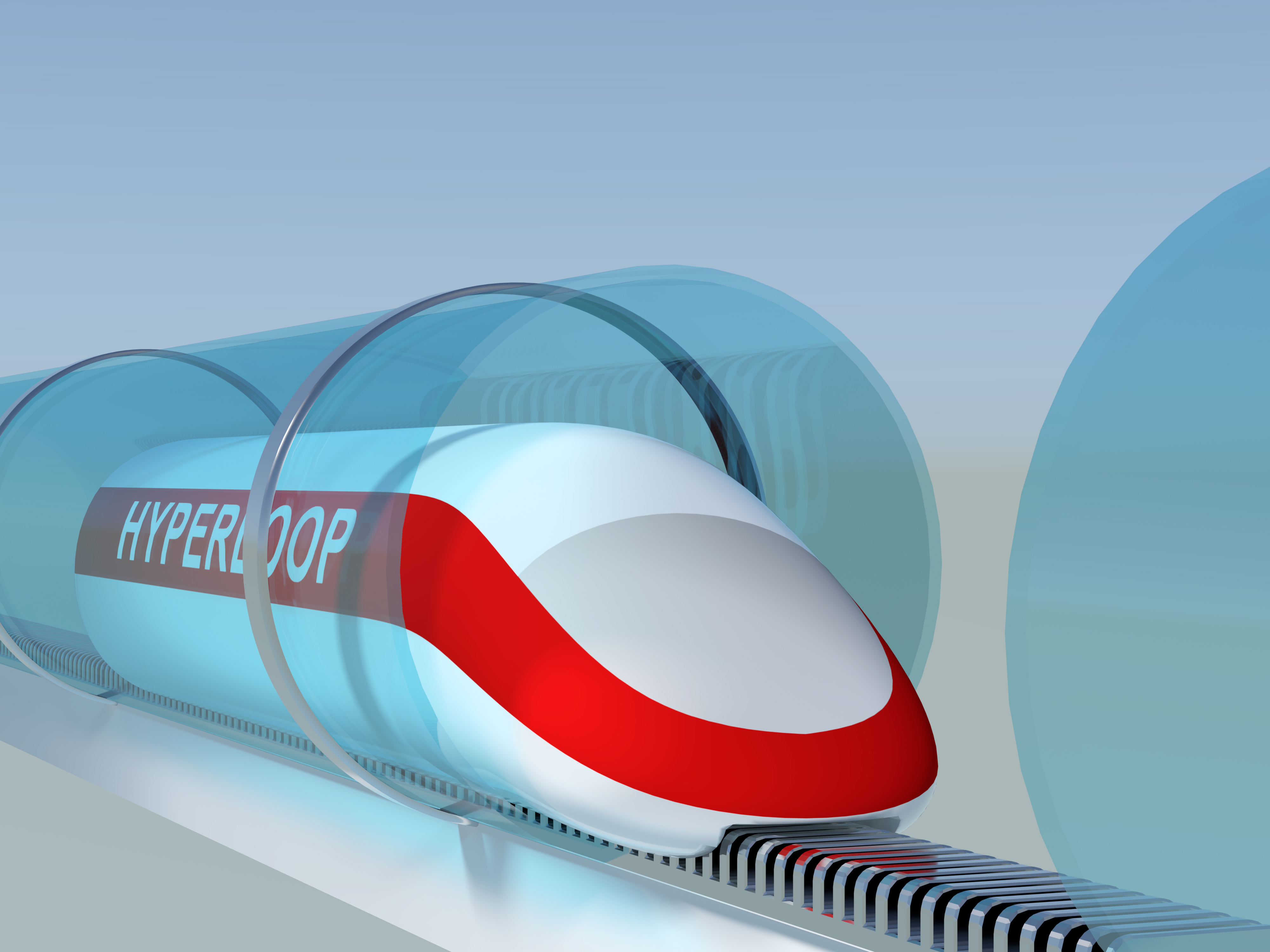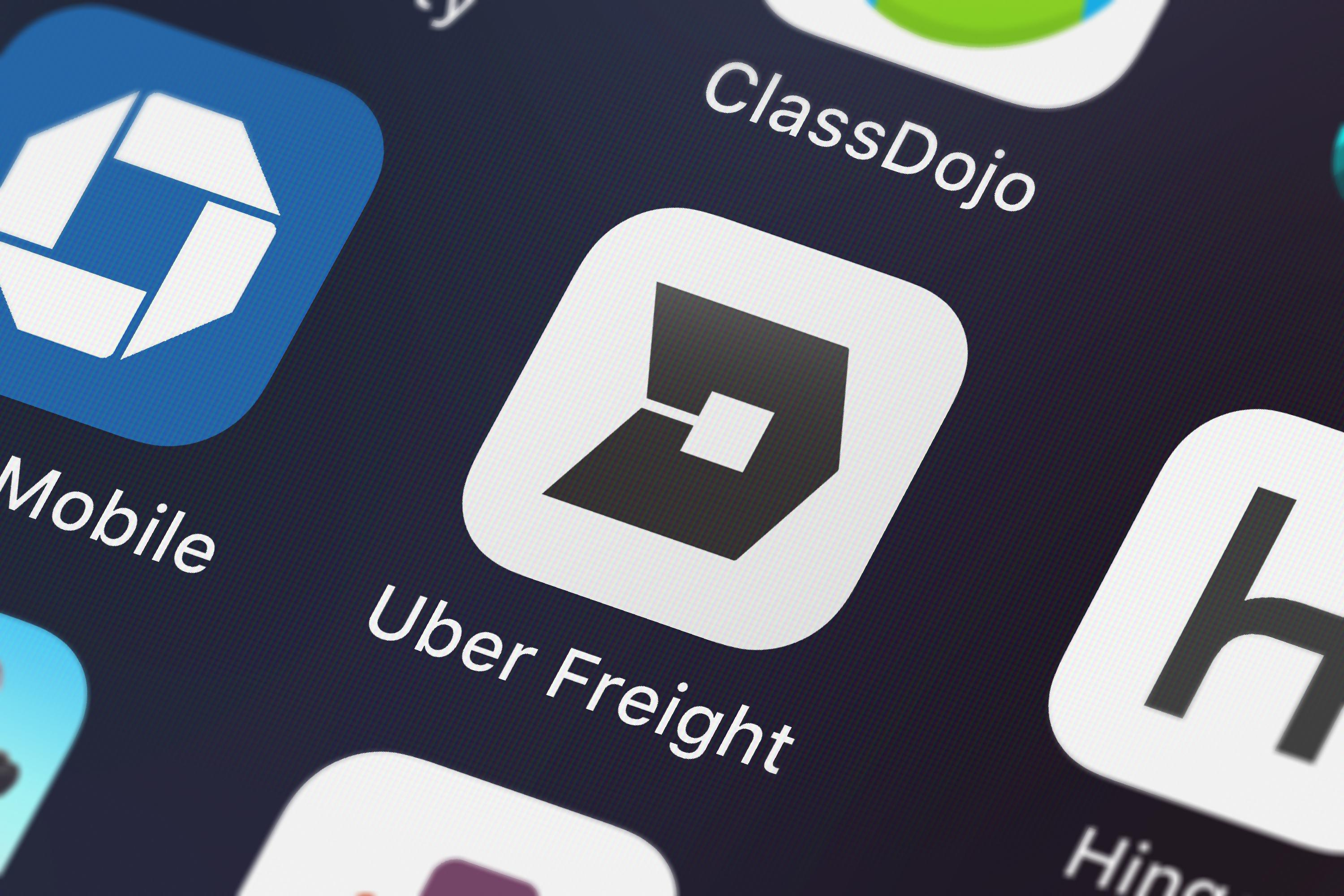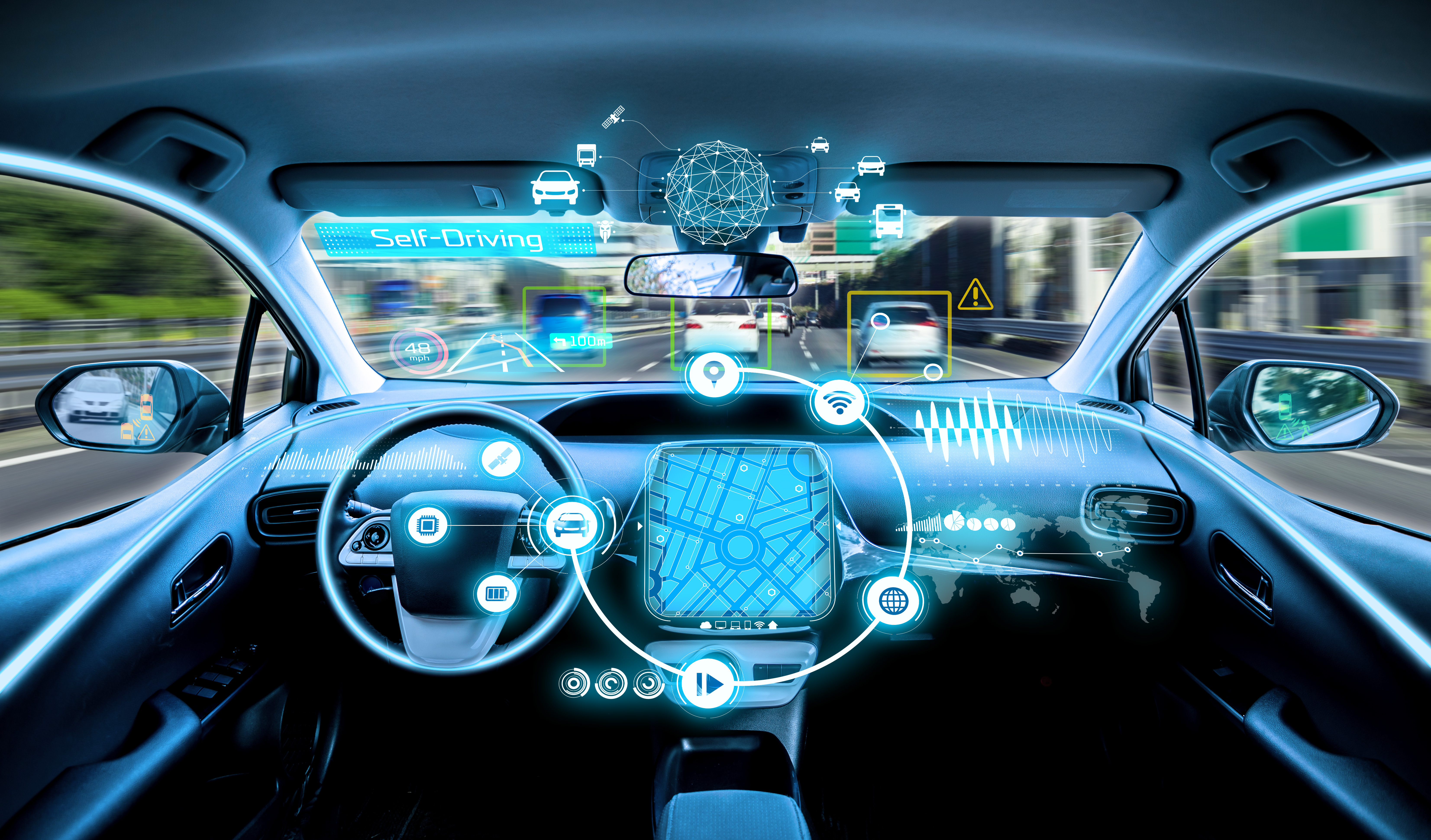When it comes to surface transportation, nothing changes and yet everything is changing. Trucks and trains have dominated the freight shipping landscape for decades. But, how trucks and trains operate continues to evolve, as evidenced by these emerging transportation trends. Here’s what the future could look like – and what the impacts could be on freight shipping.
Hyperloop

Back in 2013, Elon Musk (also known as CEO of aerospace firm SpaceX and co-founder and CEO of automaker Tesla) envisioned a high-speed transportation system that could transport passengers in a fraction of the time at which they travel today. The system, which Musk dubbed “hyperloop,” would leverage magnetically levitated pods that travel at hundreds of miles per hour through underground tubes. In essence, the pods would travel over a cushion of air, much like a puck on an air hockey table.
Today, that vision is closer to becoming a reality. Musks’s infrastructure and tunnel construction company, Boring Company (get it?), has received a permit to begin excavating a possible hyperloop station in Washington, D.C., allowing passengers to travel to New York City in just 30 minutes (as compared to the three-plus hour trip by train today).
But Musk isn’t the only one in on the game. Virgin Hyperloop One (formerly led by British business magnate and Virgin Group founder Richard Branson) is conducting feasibility studies for routes in Missouri and Colorado and plans to begin testing full-sized hyperloop systems in 2021, with the intention of later building hyperloops in India, the United Arab Emirates and other locations. Another startup, Hyperloop Transportation Technologies, is conducting a feasibility study for a route between Chicago and Cleveland and is also considering routes in other locations in North America, Asia and Europe.
What does this mean for shipping? Nothing…yet. It will be a few years before hyperloops actually become a reality – and those will be focused on moving passengers. There are also many legal challenges to overcome and infrastructure hurdles to jump (not the least of which is the high cost of building the infrastructure in the first place). But it’s not unreasonable to think that, if they prove successful with passengers, hyperloops may one day also carry freight.
The Impact on Freight Shipping: Although hyperloop technology is focused on moving passengers, it may open up additional shipping options in the future.
Uber Freight

You’ve probably heard of the ride-hailing company Uber. Now, imagine the driver is a truck driver and the passenger is a shipper’s freight, and there you have Uber Freight. Uber Freight uses Uber technology to connect truckers with shippers looking to move cargo. Makes sense, right? But here’s the thing – no matter how great the technology, Uber Freight faces the same challenge as the rest of the trucking industry: a shortage of drivers. Here's why: Long-haul trips take truckers away from their homes and families for days on end, and that can make it a not-so-attractive career path.
But instead of accepting the driver shortage, Uber Freight decided to tackle it head on by developing an incentive package for drivers. Drivers who use the Uber Freight app to book a load a minimum of once a month are eligible for discounts on fuel, tires, maintenance and can even get price breaks on the purchase of new and used vehicles.
Although Uber Freight aims to make the process of booking freight transportation more efficient, the company reported losses in its first two years in operation and most of the company’s revenue is reported to be going to its drivers. Even so, one analyst projects Uber Freight will capture 6.1% of the U.S. truck brokerage market by 2029.
The Impact on Freight Shipping: Only time will tell whether Uber Freight will stand the test of time (and driver shortages), so it’s wise to keep your options open.
Autonomous Vehicles

Of all the latest transportation trends, autonomous vehicles have probably generated the most buzz. Self-driving vehicles aren’t hitting the roadways yet, but many cars already feature some level of autonomous operation. The simplest autonomous features come standard on many cars, like adaptive cruise control, automatic emergency braking and lane departure assistance. Other cars offer more advanced autonomous features, like parallel parking.
The concept of a driverless vehicle isn’t limited to passenger vehicles. Self-driving semi-trucks are the logical next step. Not only would driverless trucks reduce transportation costs, but they would also remove the driver shortage currently plaguing transportation companies.
But beyond developing the technology, the biggest challenge is the responsibility. Neither automakers nor insurance companies are ready to take on the liability that can come with autonomous vehicles of all types, so that’s an issue that must be settled before autonomous vehicles can take hold.
For now, though, autonomous developments in the trucking world are on par with passenger vehicles. The industry isn’t looking at driverless trucks just yet, but it is considering semi-autonomy in the form of platooning, which links trucks together with just one driver, essentially creating a railroad on the highway. While this significantly reduces the cost of drivers, it may not be a feasible solution. Rules regarding truck lengths, weights, and platooning vary by state, so a cross-country trip may not be achievable.
Likewise, platooning may not prove to be as efficient as once thought. Daimler Trucks, which has been assessing platooning technology for the last few years, recently announced that platooning isn’t as fuel efficient as expected, and that there is a better business case for leveraging highly aerodynamic trucks. The company does, however, intend to release a new partially automated truck series, Freightliner Cascadia.
The Impact on Freight Shipping: Driverless trucks aren’t here yet, and it’s yet to be determined if platooning will pay off. However, both have the potential to reduce costs. If they do, we’ll see if those cost savings are passed on to shippers.
Precision Scheduled Railroading

Even though railroads are old school – they’ve been around for more than 150 years – that hasn’t stopped them from evolving. Especially in the last few years, railroads have been changing rapidly. Most notable is the advent of Precision Scheduled Railroading (PSR). Although it varies from railroad to railroad, in essence this model shifts the focus from building and moving long trains, which was once thought to maximize capacity and efficiency, to moving cars, which promises a more consistent, reliable and predictable service product.
Railroads are also upping their tech game, developing more customer-friendly applications and technology to improve the shipping experience.
For instance, Union Pacific Railroad’s SmartETA technology leverages multiple data points, including GPS signals on locomotives, to locate shipments. With the help of machine learning and predictive analytics, the velocity data and GPS coordinates are then used to determine arrival times that are more accurate than ever before. Over time, the data will “get smarter” and predict even more precise ETAs based on the historical data gathered. The result is more accurate and dependable shipment location data and estimated delivery times for customers.
Armed with more accurate data, the company has also stepped up its communications with customers. "Local Service Scheduled Today" notifications let customers know when they will receive service at their facility and "You Are Next" notifications provide guidance on the timing of local service.
Union Pacific has also adopted APIs (application program interfaces), which allow information to be shared between various technology platforms. APIs provide the railroad the ability to exchange meaningful data between their systems and those of their customers (enhancing, for instance, its equipment trace application), making it easier for both the railroad and its customers to do business.
Railroads may seem old school, but they certainly continue to evolve.
The Impact on Freight Shipping: Railroads may not have the most buzz-worthy advancements, but they continually improve their business model — and remain one of the most reliable transportation modes on the market. And in the face of a truck driver shortage, the railroads could be a saving grace.
What’s Next for You?
If you want to explore safe, green and cost-effective shipping options, give us a shout.
Related Articles:









